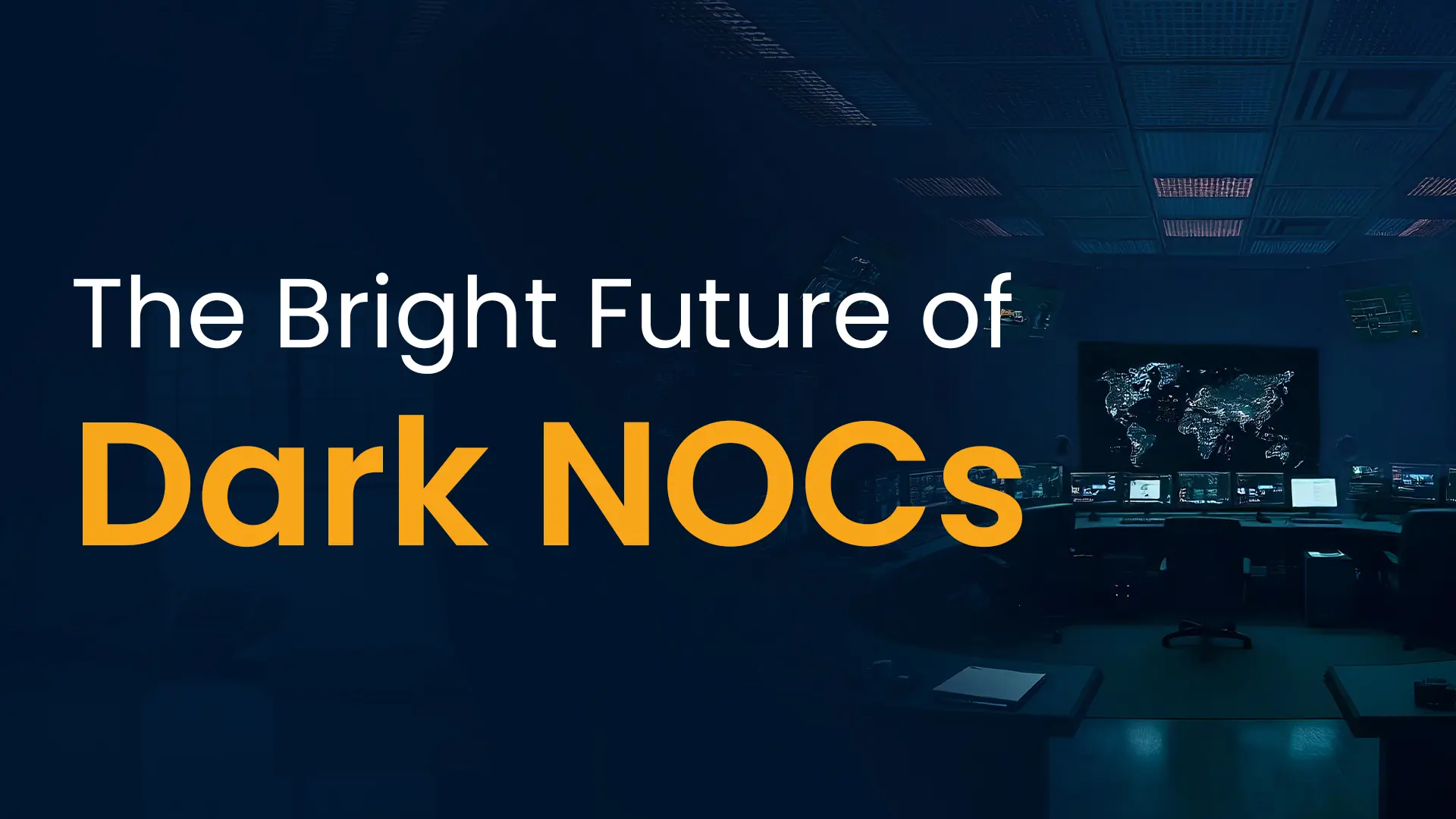New applications, devices, and software are a dime a dozen in the data center industry. With each purpose-built point product that is introduced to the market, data centers become increasingly difficult to manage and operate. From divergent platforms and redundant processes to vendor conflicts and time-consuming inventory management, a complex data center with disparate components poses numerous challenges to business productivity.
The Evolution of Data Center Infrastructure
Over the past decade, the need for control and consolidation within data centers prompted industry experts to take a new approach to IT. By bundling hardware resources – such as storage, compute, and networking – into a combined architecture, data centers could benefit from a converged infrastructure that was easy to deploy and manage. Yet, despite the convenience that convergence introduced to data centers, it lacked the agility necessary to keep pace with Big Data trends. If a business wanted to scale its data center capacity, it would have to scale each of the storage, compute, and networking components and find personnel with the right specialized skill sets to execute the expansion.
In order to meet demands for scalability, IT engineers combined the idea of convergence with the idea of a software-defined data center (SDDC) and emerged with a new technology that shook the data center market: hyperconvergence.
What Exactly is Hyperconvergence?
Hyperconvergence is the consolidation of storage, networking, and compute resources into a single silo that is managed through one software interface. This is accomplished through the use of virtual machines rather than physical servers to create scalable storage that can be modified without incurring the cost and complexity of additional hardware. A data center that houses ten servers could achieve the same amount of storage capacity through a hyperconverged system using virtual machines, which occupy less space and can expand more easily than hardware. The benefits of this type of homogenous infrastructure, when applied to data center deployment, are that it allows for simpler management of services, faster provisioning of resources, streamlined transactions across vendors, reduced spending on maintenance, and most of all – unparalleled capability for growth.

Is Hyperconvergence Right for Your Organization?
Like any new technology, a homogenous and centralized infrastructure isn’t ideal for every data center, and there are a few considerations to keep in mind when contemplating the shift to hyperconvergence.
- Vendor lock-in: Most vendors offer hyperconverged bundles with pre-configured sets of proprietary hardware, meaning that engineers are limited in the technology options that are available to them. Businesses with specialized workloads may not benefit from the standardization of a hyperconverged infrastructure due to the lack of component-level flexibility.
- Disparate product lifecycles: Although hyperconvergence introduces the opportunity to consolidate unused or outdated equipment, it’s important to keep in mind that not all devices and software in a data center are necessarily on the same expiration schedule. Unless a data center’s infrastructure is due for across-the-board replacement at the same time, there’s a chance that hyperconvergence may not be a cost-effective investment.
- Personnel realignment: The impact of hyperconvergence goes beyond the infrastructure level; it also has a significant effect on the IT staff and technicians that operate data center technologies. Infrastructure that once required separate teams for storage, networking, and computing will require fewer people with more generalized skill sets, meaning that businesses will have to realign their personnel and resources accordingly.
- Simultaneous scaling: In a typical data center environment, increased storage or computing resources are provisioned through the addition of more hardware. In a hyperconverged infrastructure, however, storage and computing are combined as parts of each virtual machine. Since virtual machines are the building blocks of hyperconverged infrastructures, it may not be possible to scale only storage capacity or only compute power. Instead, businesses may be required to add on resources that they do not necessarily need.
Despite these considerations, hyperconvergence could be ideal for organizations that are negatively impacted by legacy technology. For example, businesses that struggle with integrating disparate technologies or experience difficulty scaling with multiple platforms could benefit from the simplicity of a consolidated infrastructure and a single interface. Likewise, organizations that are limited by convoluted policies and management processes – especially those in need of standardization across multiple remote and branch offices – are ideal candidates for hyperconvergence, which can enable them to close gaps between workload requirements and IT capabilities, improve inventory management, and reduce delays caused by slow incident response times.
What’s Next in 2017?
As with any developing technology, it’s important to holistically evaluate the impact of introducing hyperconvergence to your data center before enacting drastic changes in your organization. According to Gartner, IT infrastructure is transitioning into a new phase of continual development in applications and microservices for hyperconverged platforms.[i] Over the course of the next decade, infrastructures will evolve to become more modular, dynamic, and economically efficient, suggesting a departure from the traditionally rigid and pre-determined hyperconverged system. Instead, IT architects will shift their focus to enable greater resource mobility and specialized application and software capabilities. As a new norm in the data center market, hyperconvergence has fueled the growing trend of infrastructure-as-a-service (IaaS) and will continue to disrupt the IT industry with the development of advanced technologies.
For more on tech trends in data centers, stay tuned for the next post in our Data Center series.
[i] Prepare for the Next Phase of Hyperconvergence




